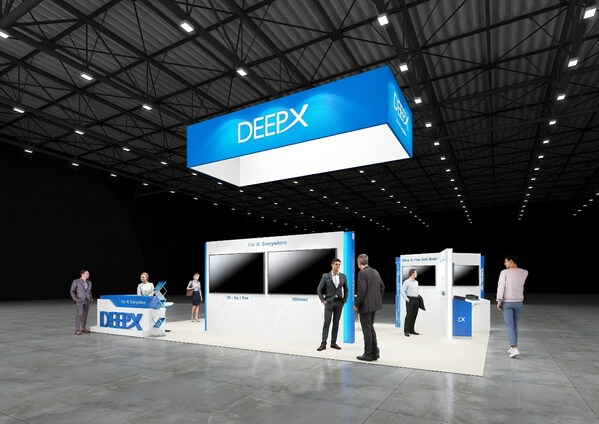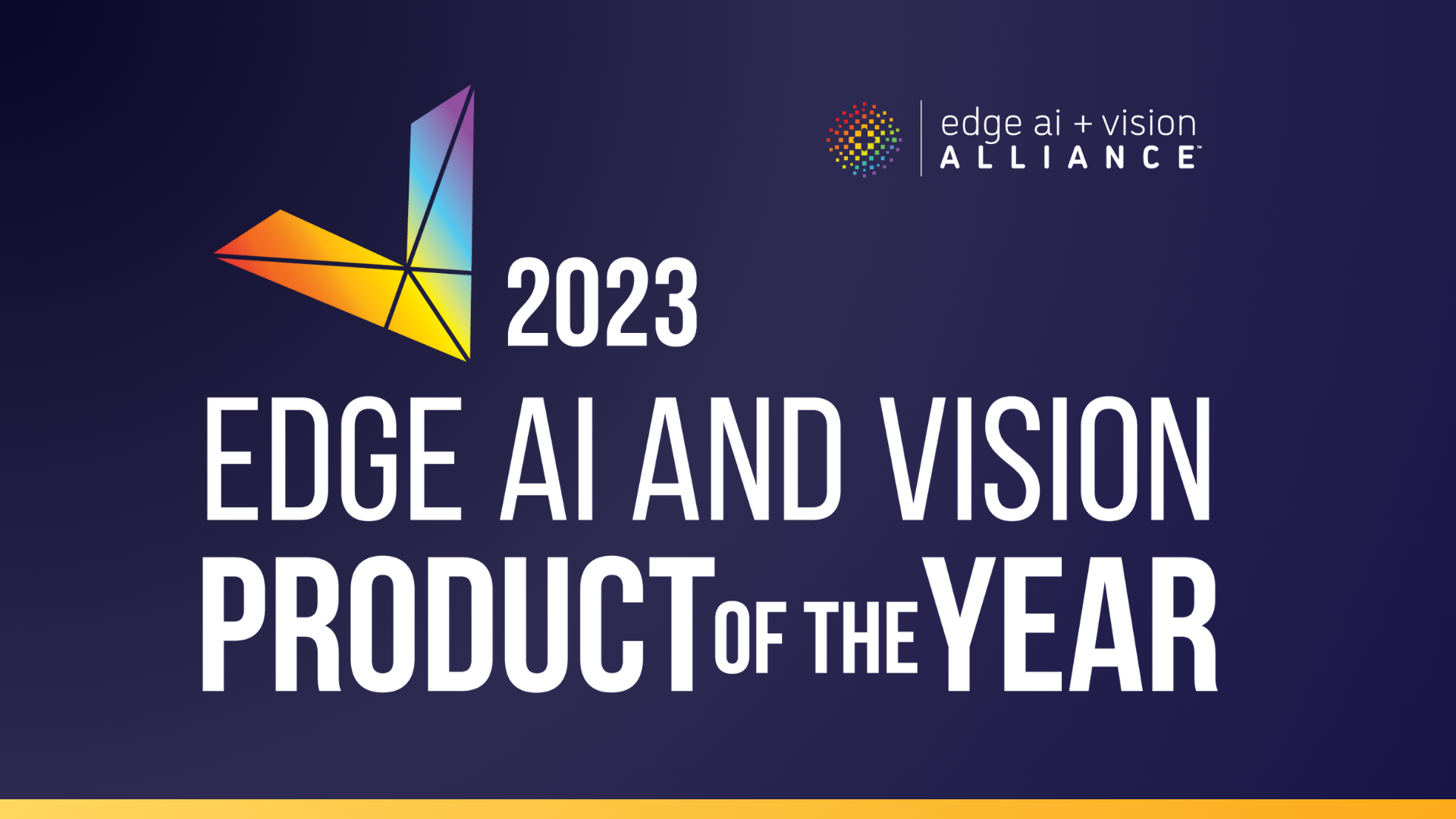Buried Treasure: Startup Mines Clean Energy’s Prospects With Digital Twins
Mark Swinnerton aims to fight climate change by transforming abandoned mines into storage tanks of renewable energy. The CEO of startup Green Gravity is prototyping his ambitious vision in a warehouse 60 miles south of Sydney, Australia, and simulating it in NVIDIA Omniverse, a platform for building 3D workflows and applications. The concept requires some Read article >

Mark Swinnerton aims to fight climate change by transforming abandoned mines into storage tanks of renewable energy.
The CEO of startup Green Gravity is prototyping his ambitious vision in a warehouse 60 miles south of Sydney, Australia, and simulating it in NVIDIA Omniverse, a platform for building 3D workflows and applications.
The concept requires some heavy lifting. Solar and wind energy will pull steel blocks weighing as much as 30 cars each up shafts taller than a New York skyscraper, storing potential energy that can turn turbines whenever needed.
A Distributed Energy Network
Swinnerton believes it’s the optimal way to save renewable energy because nearly a million abandoned mine shafts are scattered around the globe, many of them already connected to the grid. And his mechanical system is cheaper and greener than alternatives like massive lithium batteries better suited for electric vehicles.

Officials in Australia, India and the U.S. are interested in the concept, and a state-owned mine operator in Romania is conducting a joint study with Green Gravity.
“We have a tremendous opportunity for repurposing a million mines,” said Swinnerton, who switched gears after a 20-year career at BHP Group, one of the world’s largest mining companies, determined to combat climate change.
A Digital-First Design
A longtime acquaintance saw an opportunity to accelerate Swinnerton’s efforts with a digital twin.
“I was fascinated by the Green Gravity idea and suggested taking a digital-first approach, using data as a differentiator,” said Daniel Keys, an IT expert and executive at xAmplify, a provider of accelerated computing services.
AI-powered simulations could speed the design and deployment of the novel concept, said Keys, who met Swinnerton 25 years earlier at one of their first jobs, flipping burgers at a fast-food stand.
Today, they’ve got a digital prototype cooking on xAmplify’s Scaile computer, based on NVIDIA DGX systems. It’s already accelerating Green Gravity’s proof of concept.
“Thanks to what we inferred with a digital twin, we’ve been able to save 40% of the costs of our physical prototype by shifting from three weights to two and moving them 10 instead of 15 meters vertically,” said Swinnerton.
Use Cases Enabled by Omniverse
It’s the first of many use cases Green Gravity is developing in Omniverse.
Once the prototype is done, the simulation will help scale the design to mines as deep as 7,000 feet, or about six Empire State Buildings stacked on top of each other. Ultimately, the team will build in Omniverse a dashboard to control and monitor sensor-studded facilities without the safety hazards of sending a person into the mine.

“We expect to cut tens of millions of dollars off the estimated $100 million for the first site because we can use simulations to lower our risks with banks and insurers,” said Swinnerton. “That’s a real tantalizing opportunity.”
Virtual Visualization Tools
Operators will track facilities remotely using visualization systems equipped with NVIDIA A40 GPUs and can stream their visuals to tablets thanks to the TabletAR extension in the Omniverse Spatial Framework.
xAmplify’s workflow uses a number of software components such as NVIDIA Modulus, a framework for physics-informed machine learning models.
“We also use Omniverse as a core integration fabric that lets us connect a half-dozen third-party tools operators and developers need, like Siemens PLM for sensor management and Autodesk for design,” Keys said.
Omniverse eases the job of integrating third-party applications into one 3D workflow because it’s based on the OpenUSD standard.
Along the way, AI sifts reams of data about the thousands of available mines to select optimal sites, predicting their potential for energy storage. Machine learning will also help optimize designs for each site.
Taken together, it’s a digital pathway Swinnerton believes will lead to commercial operations for Green Gravity within the next couple years.
It’s the latest customer for xAmplify’s Canberra data center serving Australian government agencies, national defense contractors and an expanding set of enterprise users with a full stack of NVIDIA accelerated software.
Learn more about how AI is transforming renewables, including wind farm optimization, solar energy generation and fusion energy.





































